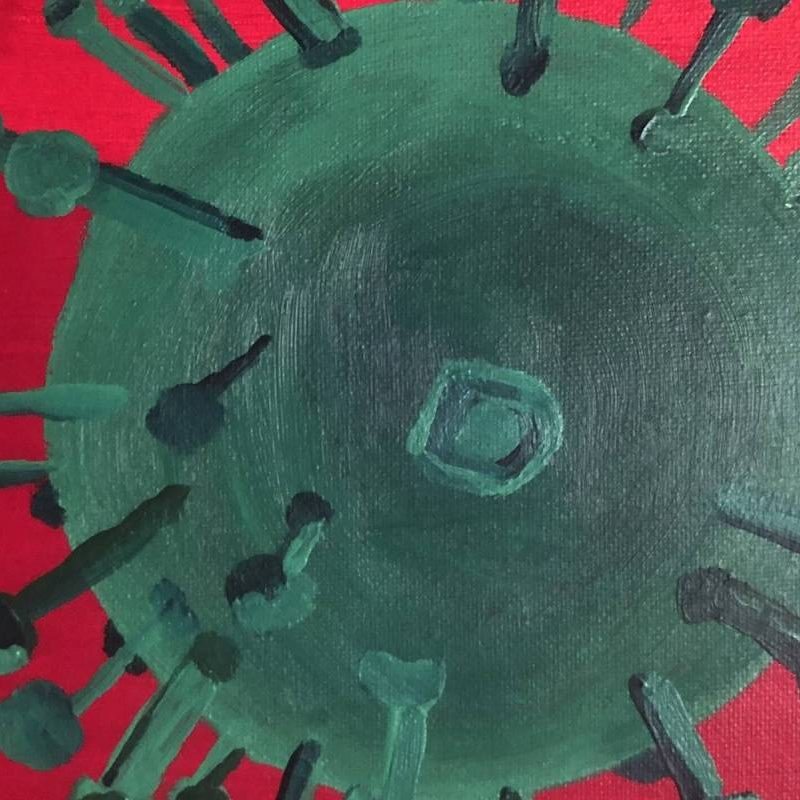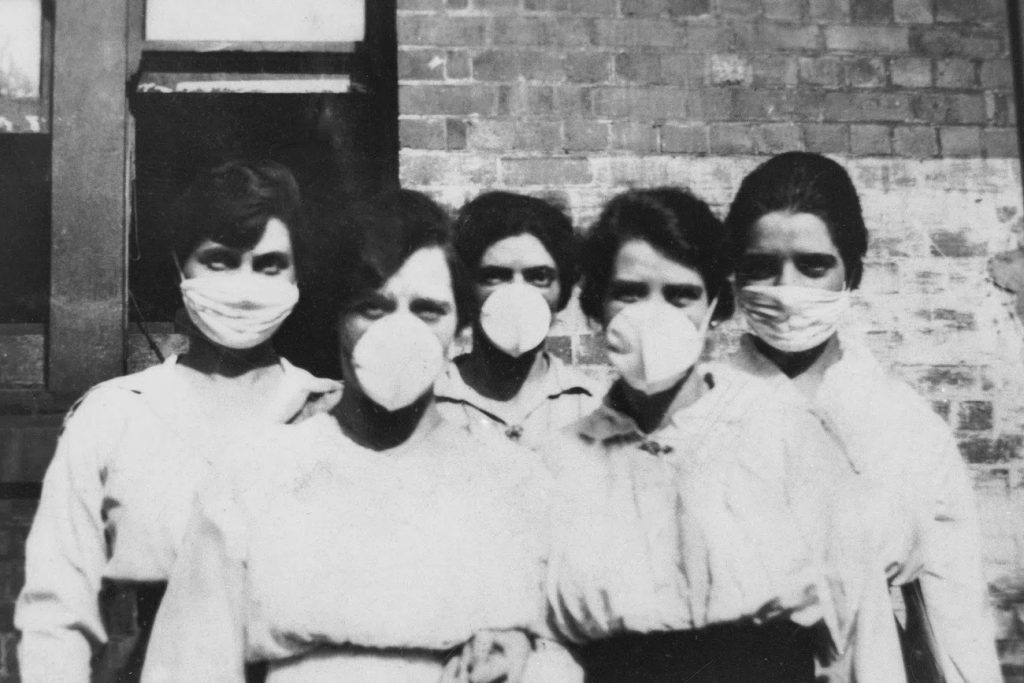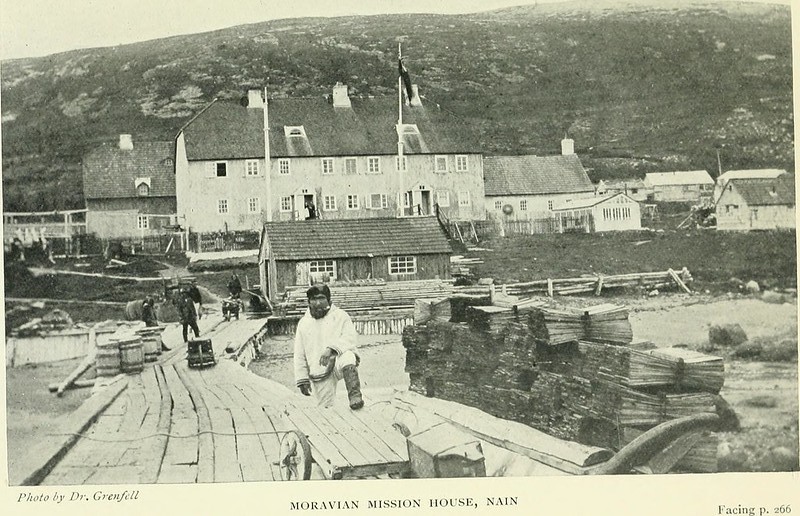In a paper just published in Vaccine: X, Jessica Dimka uses survey data from Oslo to study differences in vaccine uptake and COVID-19 infection between people with chronic health conditions, disabilities, and those without medical risk factors.
Governments took a wide variety of prioritization approaches for COVID-19 vaccination, with some countries or territories giving priority to a people with many types of disabilities and pre-existing medical conditions, and other entities recommending a more narrow prioritization. There is also evidence that people with disabilities are less likely to be vaccinated, either because of vaccine hesitancy or difficulty accessing vaccination sites. In a survey jointly developed by PANSOC and the Pandemic Centre at the University of Bergen, respondents were asked if they had a chronic health condition or disability, whether they planned to take the vaccine, and about disease outcomes.
Analyzing the associations between these data, Dimka found that people with chronic health conditions were more likely to be offered and to accept the vaccine, while individuals with at least one disability were more likely to report a probable COVID case (all in comparison to individuals with no medical risk factors). Reporting probable cases (rather than confirmed) suggests that individuals with disabilities may have had less access to testing or willingness to be tested. The results also indicate that further research is needed to determine potential differences between people with different types of disabilities. In terms of vaccine hesitancy, people with chronic health conditions were less likely to express hesitancy, while people who self-identified as having at least one disability were more likely to be hesitant (than people with no chronic health conditions or disabilities).
Overall, Dimka argues that people with chronic health conditions either exhibited behaviors that might be expected for a group prioritized by public health bodies, or acted in ways accordant with their possible increased risk. In contrast, people with disabilities had little difference from people without risk factors, or slightly worse outcomes in terms of vaccination.




